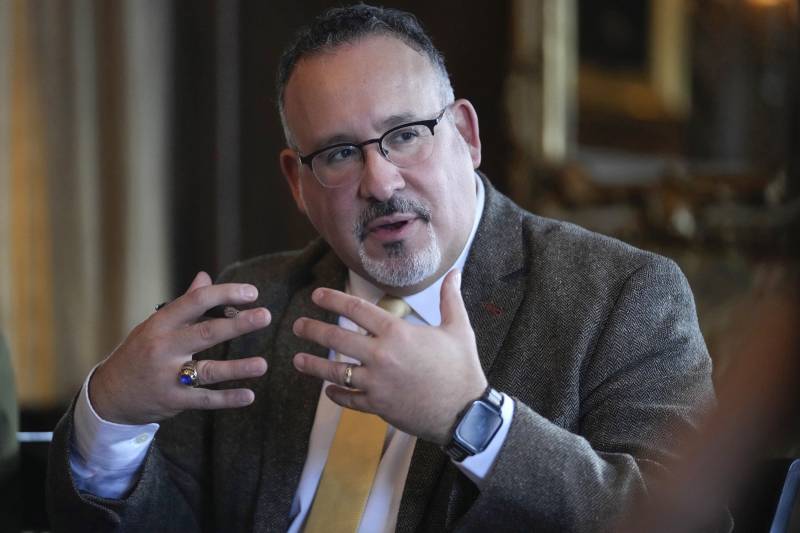The delays have had cascading impacts across higher education. FAFSA information is used to award state and federal education grants, and schools use it to assemble financial aid packages for prospective students. In the meantime, families often have only a murky idea of how much they would need to pay, which can be a dealbreaker when choosing colleges.
Advocates fear the holdup will deter some students, especially those who were already on the fence, from pursuing higher education.
Repeated delays have become a blemish for the Biden administration, which has blamed Congress for rejecting requests for more money to overhaul information systems and update the decades-old application process.
Republicans in Congress said the Government Accountability Office has launched an investigation into the administration’s handling of the overhaul.
Every year, about 17 million students submit the FAFSA as part of their applications for financial aid. So far, 5.5 million students have been able to fill out the new FAFSA form, according to the department.
The department updated its formula to account for inflation, increasing the amount of aid students are eligible to receive. However, the initial release didn’t include the updated inflation tool.
In a letter to the department in February, over 100 Democratic lawmakers pressed for answers on how the department planned to minimize the impact the delays have had on families.
“Any delays in financial aid processing will most impact the students that need aid most, including many students of color, students from mixed-status families, students from rural backgrounds, students experiencing homelessness or in foster care, first-generation students, and students from underserved communities,” they wrote. “For institutions to support students’ ability to make informed decisions about their future, they need clear guidance and resources from the Department immediately on any and all next steps.”

